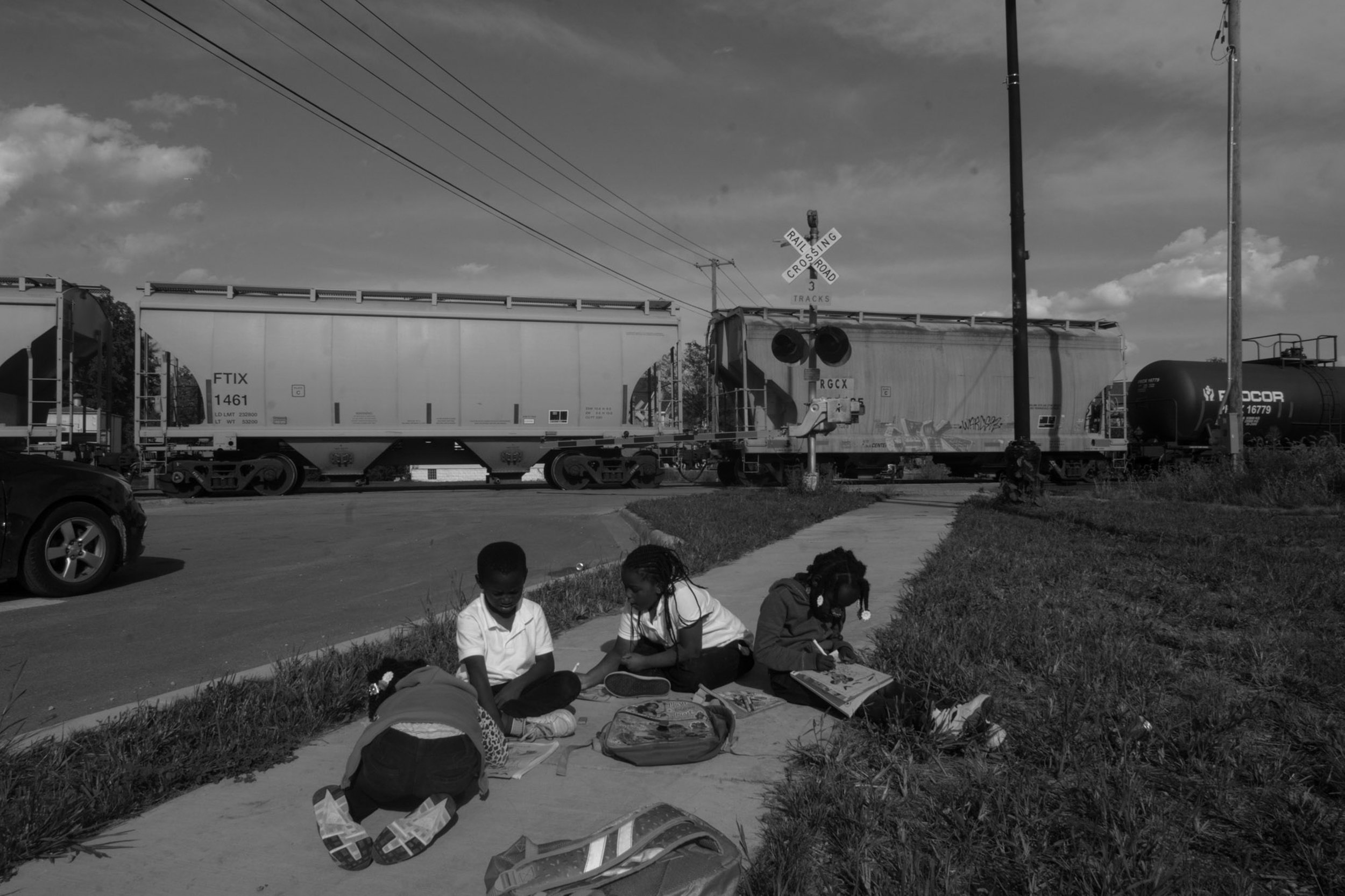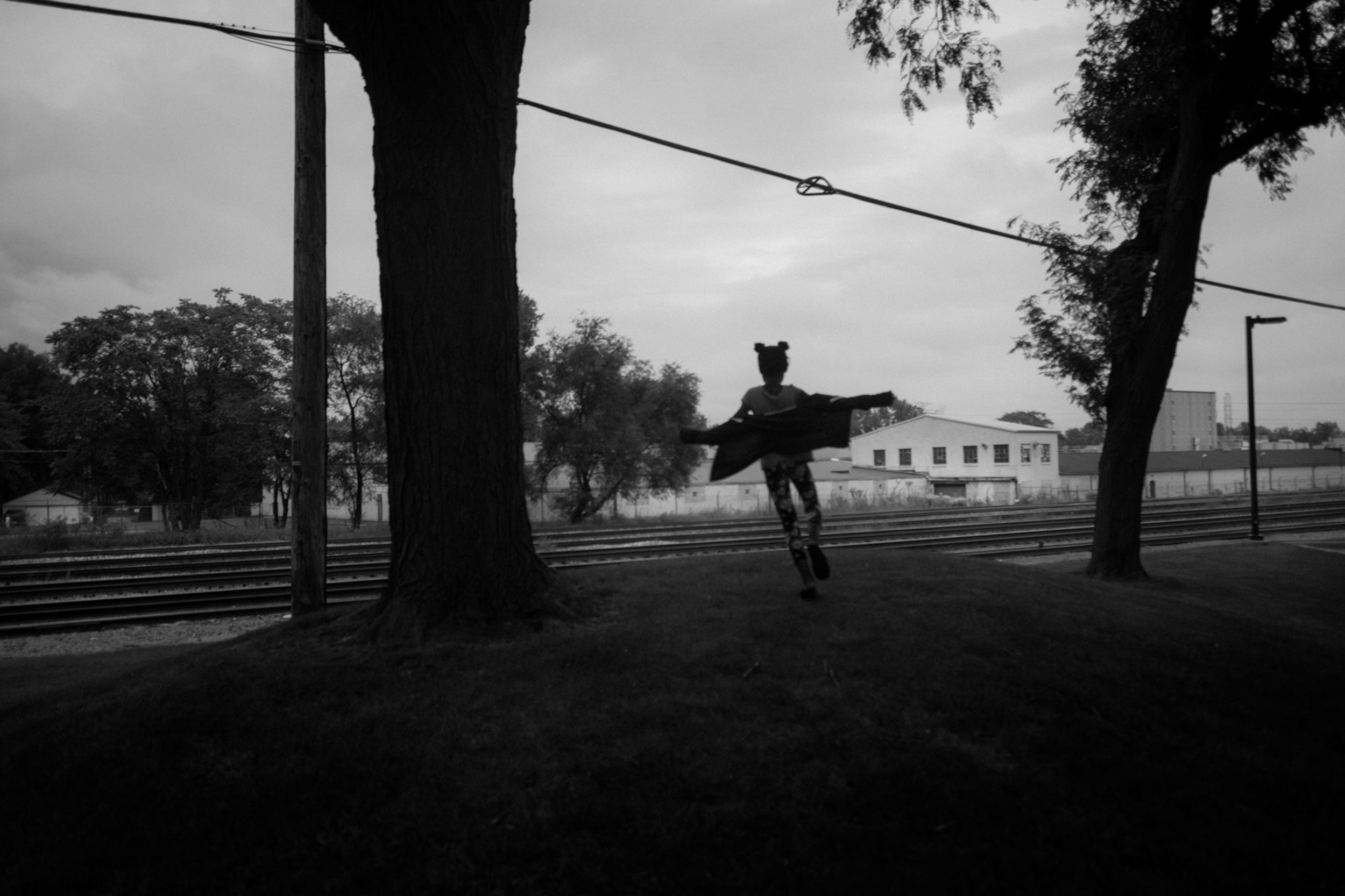An American Suburb, 2018
2018
The south suburbs of Chicago used to be an enclave for the middle-class. Manufacturing and industrial jobs at several factories in the metropolitan area kept dozens of mom-and-pop stores in business. They were far enough from “inner-city” Chicago and close enough to raise a family in Suburban America. But the heyday of suburban America is gone.
Today, according to the Brookings Institute, suburban poverty has now eclipsed urban poverty across the country. Chicago’s southern suburbs — like the Village of Dolton — reflect that change.
The Village of Dolton is just a 30 minute train ride south from Chicago’s Michigan Avenue. The journey can easily become a few hours because of the freight trains that frequently pass through the southern suburb.
Residents of Dolton and nearby Riverdale grow frustrated with the freight trains that laboriously pass through.
Everyday, the trains will stop and create a physical barrier for miles in each direction, restricting residents to perform daily responsible. With no easy way around the a halted train, traffic piles up. Forcing families to risk being injury by crossing and jumping over.
“It’s nerve racking and we’re here for hours.” said Dorcas Jackson, a mother of three, who had been waiting for hours for the train to pass in a cold October rain, “It’s always around school time too. We walking the kids home and we don’t have transportation for them. So we have to walk the kids to and from school everyday, [the trains] makes it very difficult.”
The Great Recession plummeted housing prices in Dolton, forcing the local government to raise property taxes to make up for the loss. That drove away many families — especially those that depended on jobs in factories that closed starting in the mid-80s.
Dolton faces many challenges. Crime has increased. Local schools are struggling, and the village can’t afford the multi-million dollar water debt owed to the city.
“It’s not as if a storm came through and everyone can recall the winds and rain and all of that,” said David Johnson, Harvey’s mayor from 1983 to 1995, who saw 8,000 good-paying jobs disappear from his town over two decades. “It’s a very quiet devastation that sweeps through the communities.”
Dolton, for many reasons, is still attractive for families to raise their children. These photograph aimed to document Dolton as a community, not just a place on the map — but a place where the promise of opportunity and success still exists for many Black Chicagoans who have made a home away from the city neighborhoods.




